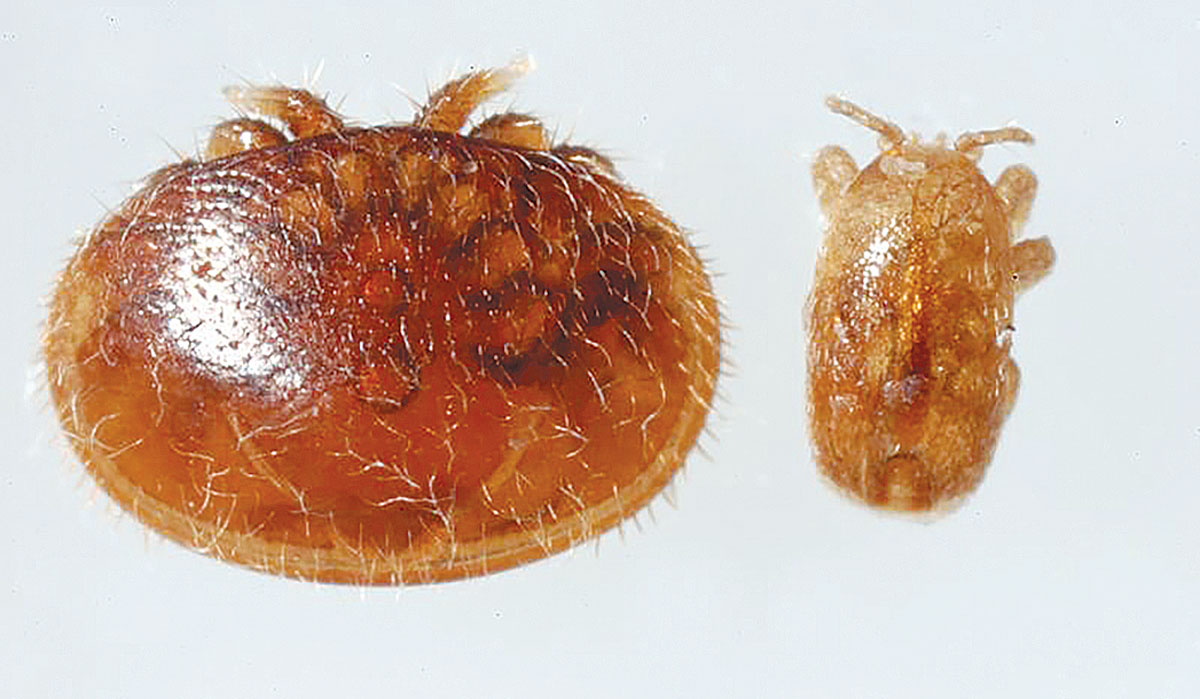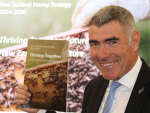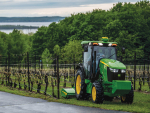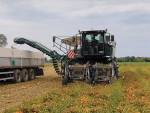Beekeepers need to wake up to the threat of a new bee parasite that is steadily expanding around the world.
American entomologist Dr Sammy Ramsey says the Tropilaelaps mite has spread from its original home in South East Asia up into East Asia, as well as westwards to the Middle East. Following the same route that Varroa took, it is now on the cusp of invading Europe.
A key international speaker at the recent Apiculture Conference in Christchurch, Ramsey called Tropilaelaps “one of the most concerning parasites that I know of”.
A high-profile science educator and speaker known in the US simply as ‘Dr Sammy'.
He has also been conducting research into bee parasites in Thailand, both to better understand Tropilaelaps, and to tap local knowledge to identify and evaluate possible control measures.
Ramsey says the mite was so little known in the West that it did not even have a common name when he first began studying it. He has been calling it the Tropi Mite, and the name seems to be sticking.
Ramsey says it is smaller and faster than the “bumbling goofball of a parasite” that is Varroa.
“They’ve gotten rid of the big shell. They’ve streamlined their body size and spread their legs in this semi-circular pattern over their body,” he explains.
“They’re harder to see except when they’re moving and they are very fast.”
They are also what he calls “rude” diners. Unlike Varroa, which latches onto its host and stays put, feeding through a single bite hole, Tropi mites can bite a new hole every time they feed.
Ramsey says they breed much faster than Varroa, and probably also have the capacity to transmit as many viruses. Unlike Varroa, they spend only a short period on adult bees outside the brood cells.
“Tropi do not need to spend any time on the adult bees in order to go through their reproductive cycle and that is deeply concerning, because that was something that slowed the progression of the life cycle of Varroa and it also slowed down the amount of damage that they were doing inside of the colony.”
Ramsey said people wrongly thought for decades that Varroa were bloodsuckers – and assumed Tropi were the same – but his research has now shown the Varroa diet to be body fat.
 |
|---|
|
A Tropilaellaps mite, right, in contrast to Varroa. Courtesy The Animal and Plant Health Agency (APHA), UK Crown Copyright.
|
“We don’t know whether they’re feeding on the bees’ back body, whether it’s their blood or whether it’s some other tissue entirely, and that is something that we need to determine as soon as possible.”
Tropi mites had also been assumed not to be a danger outside the tropics because it was thought impossible for them to survive cold winters. However, they are now in the cold north of China and Korea.
Mighty Tough Mite
Ramsey told the conference that chemical controls used for Varroa do not work well on Tropilaelaps because of their very different life cycles.
“Currently on this planet there is not a single chemical or treatment method registered for the control of Tropi mites. That always makes me shudder when I say it,” he says.
However, his recent research suggests significant value in highdose formic acid, as used by Thai beekeepers.
Ramsey says that because Tropi spend so little time on adult bees, they need a treatment that gets past the cell capping and targets them on the brood. Formic acid was one of the very few of the treatments available for Varroa to do so.
In the research he carried out in conjunction with locals, he tested standard formic acid strips, but also a method he discovered some local beekeepers using, soaking wooden strips in liquid industrial strength formic acid and slipping those into the hives.
Ramsey said that while adult bees were usually “pretty chill” about the standard formic acid treatment, the liquid acid had them “tripping over themselves” to get out of the hives.



















